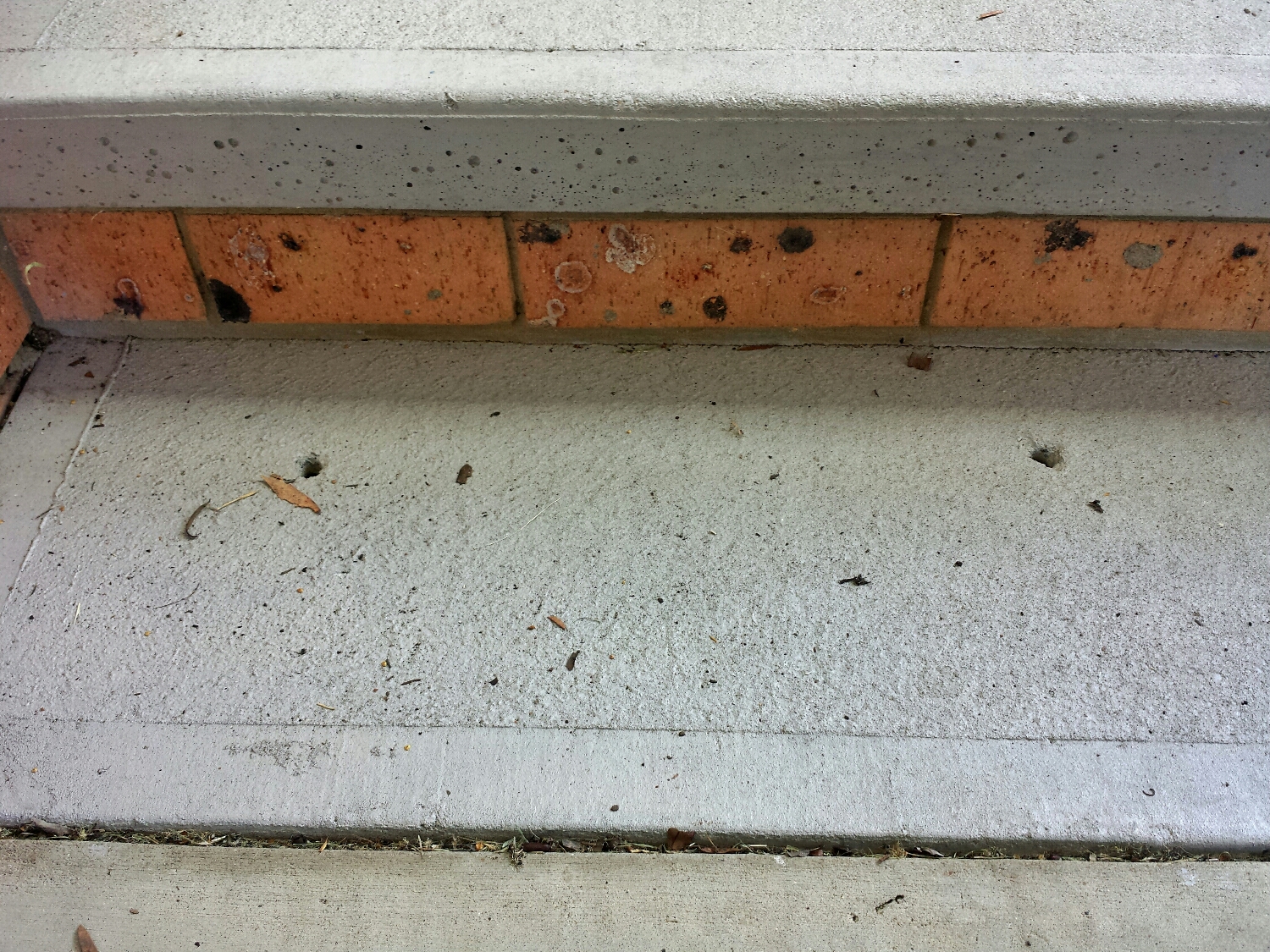Drilling concrete slabs and injecting chemical is one of the ways to protect a property from termites, and then there are obviously variations of those treatment methods depending on the type of construction and requirements of the treatment. However, there have to be a few specifications met to ensure it is done correctly. Here we will highlight a few for you to consider.
Hole Spacings! When holes are drilled to inject termiticide under a concrete slab to treat the footing of a wall, the holes cannot be more than 150mm from the wall. This home had holes exceeding 300mm. Needless to say, the original treatment failed and the home was re infested.
Injecting Termidor under a slab.
Holes are often drilled around a perimeter to ensure a complete chemical barrier to prevent termites getting in.
Hole spacings on this property exceeded 300mm! Once again, they were beyond specification, holes should be between 150-300mm apart. The greater tolerance is reserved for porous soil types and rarely used in our practice. Ironically this was done on an internal wall that was a
Once again, hole spacing was beyond specification. More examples below....
































